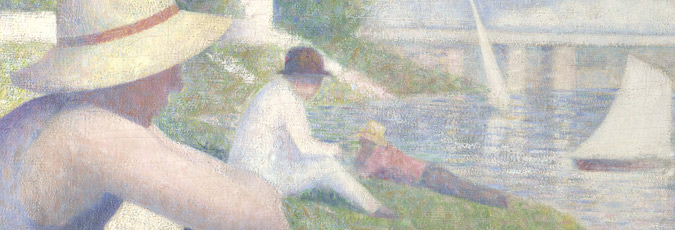Suggestions on storymaking by Susanna Steele, University of Greenwich.
There are many ways of discussing and exploring paintings with your class to create ideas for stories. Some paintings have ready-made stories as they depict myths or stories from the Christian faith.
But if you choose a painting that has no story associated with it, it could give free rein to your class's imagination.
The power of a story lies in the way it engages the imagination and takes us on a journey through an imagined world, a world where we become involved in the lives of the characters.
We become involved in the thoughts and feelings of characters, knowing that events might go awry and that things may not always be as they first seem. But we know that, eventually, the plight into which the characters have fallen will be resolved.
It is the rich reservoir of narratives that we have already heard, read or seen that we drawn on to create new stories.
Engage with characters
Rather than starting with story structure, it is best to begin by engaging with characters and events. This helps us explore the imagined world of the story.
By giving yourself the freedom to play with ideas, you can try out possibilities. Stories can begin to flourish when you don't have to craft a final version immediately, .
Talk is at the centre of this process. In the classroom, the collaborative process of storymaking is made up of three components:
- Dialogic questioning – extending children's thinking by responding to the ideas and suggestions they make
- Drama, which enables the participants to enter into the here and now of the events and to represent ideas visually
- 'Storying' – piecing together possibilities of what might happen in the story. This encourages unexpected narrative developments to happen in the flow of the moment.
Next: An imaginative framework

